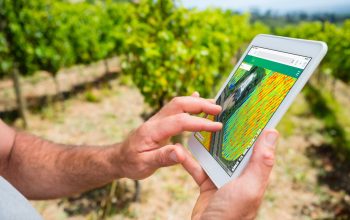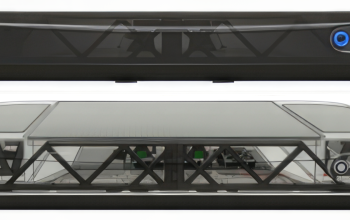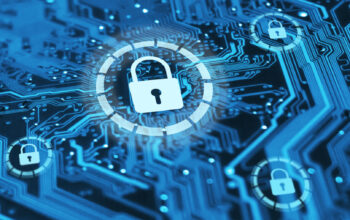Digital Flare Model
Aurizn developed a physics-based and validated Digital Flare Model for DSTG to enable simulated testing of scenarios to improve platform survivability.
Challenge
Historical modelling of expendable airborne flares has been limited in terms of fidelity, and ability to extend to hypothetical ‘what if’ scenarios, as opposed to measured events.
Investing in a combined engineering and scientific program, Defence Science and Technology Group (DSTG) selected Aurizn to develop a physics-based and validated Digital Flare Model.
There was a significant need for improved modelling to mitigate variables such as the cost of real-world trials, the impossibility of obtaining the desired range of engagement geometries, and environmental conditions expected to impact the trajectory and temporal signature characteristics of flares.
The project was a significant investment in a science-led project over 18-months.
Approach
The project was designed around three-phases of activity to focus on the important attributes of a flexible digital flare model, including spatial, temporal and spectral characteristics to improve platform survivability and flare specification activities.
Trial campaign data and third-party models from DSTG and its international collaborators were used to efficiently model the broad range of variables and simulate behaviours in laboratory and virtual environments to understand flare countermeasure effectiveness under operational conditions.
This involved complex statistical analysis of flare intensities and trajectories, and creating models for simulating transient intensity profiles and realistic trajectories. The key activities included:
- Collation of existing empirically sourced flare data collected over numerous field Test and Evaluation campaigns
- Review of data sets for coverage, trend and sensitivity analysis including identification of gaps and problematic aspects of the data sets (using correlation and analysis algorithms)
- Review of digital flare modelling techniques, methods and tools both of empirical and theoretical basis
- Investigation and experimentation into mathematical and physical constructs and techniques to replicate spatial and temporal trends observed in the data sets (methods included Bayesian and Frequentist models and fitting procedures as well as Fourier transform time series analysis)
- Liaising with Subject Matter Experts (SMEs) within the Australian Airborne Countermeasures Team (AACT) for technical review and feedback on analytic outcomes and modelling approaches.
Outcome
The models were encapsulated into a software tool that enables analysts to re-generate the outputs of the model using different temporal and spatial data and parameters according to a set of environment and physical parameters.
A further phase will explore new areas of research and analysis into predictive modelling of traditional and special materials, to deliver an enduring capability to DSTG for platform survivability studies.
Case Studies
We have a strong reputation for taking on complex challenges. Find out more about the ground breaking work and projects we’ve undertaken.
- All
- Defence
- General
- News
- Press Releases
- Enterprise











